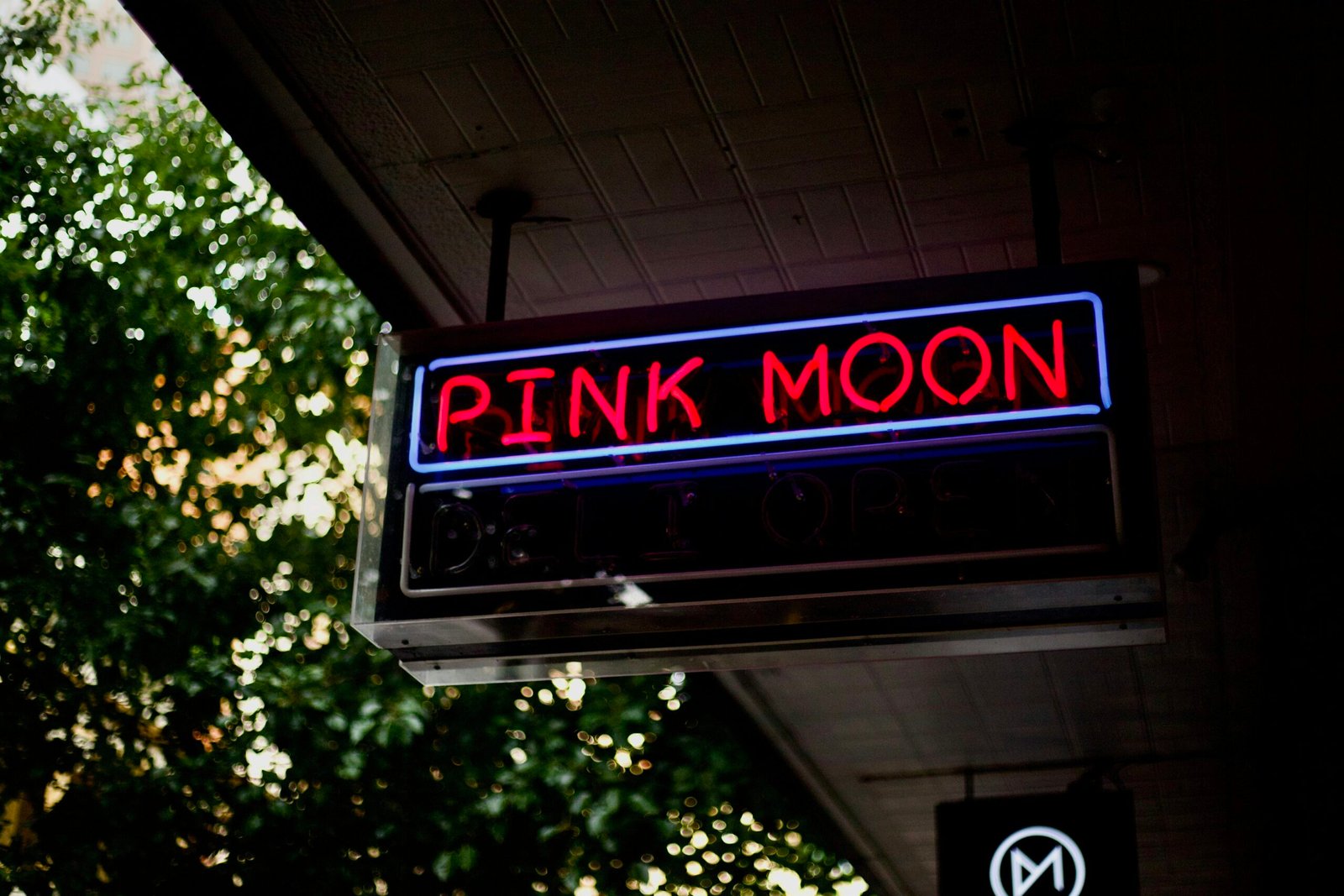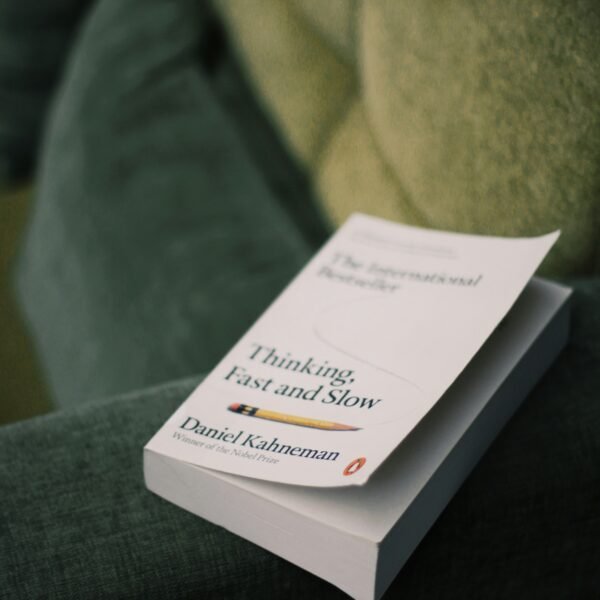In the Nigeria Pavilion at the Venice Biennale, visitors will encounter a unique and thought-provoking exhibition titled “Nigeria Imaginary.” Curated by Aindrea Emelife, this group show brings together artists from Nigeria to explore the intersection of criticism and optimism. One of the standout installations is by artist and poet Precious Okoyomon, who recorded interviews with city residents in Lagos as inspiration for a sonic and sculptural installation. Through motion sensors and a captivating soundtrack, Okoyomon’s work delves into the unseen and taps into the unconscious of the city. With its ambitious concept and scale, the Nigeria Pavilion is set to be one of the most significant African presentations at the Venice Biennale.
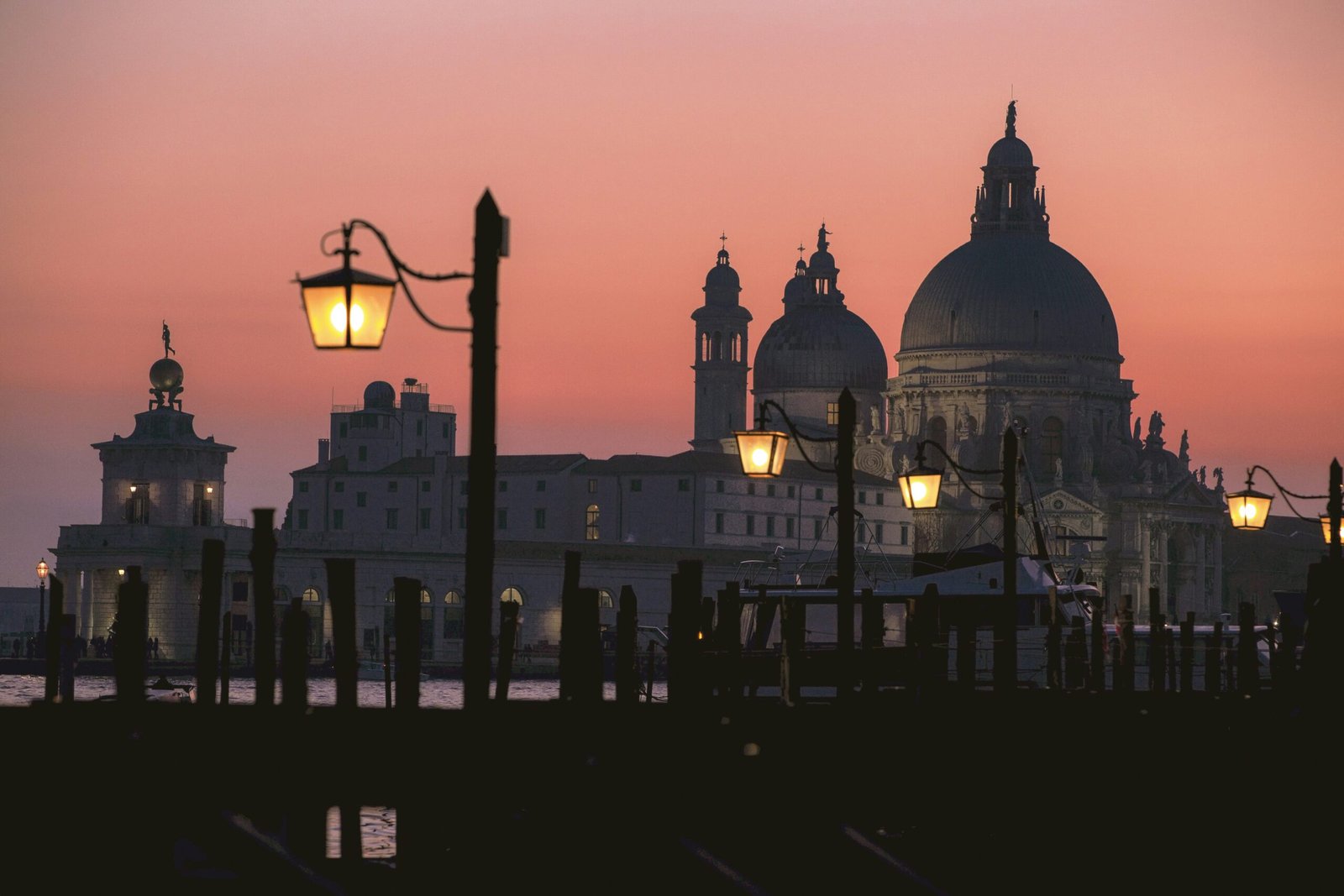
Overview of the Nigeria Pavilion
Introduction to the Nigeria Pavilion at the Venice Biennale
Welcome to the vibrant and captivating Nigeria Pavilion at the Venice Biennale! This exhibition showcases the rich artistic talent and cultural heritage of Nigeria, offering visitors a unique and immersive experience. As you explore the pavilion, you will be introduced to the thought-provoking exhibition titled ‘Nigeria Imaginary’ curated by Aindrea Emelife and featuring the works of acclaimed artist Precious Okoyomon.
Description of the ‘Nigeria Imaginary’ exhibition
The ‘Nigeria Imaginary’ exhibition at the Nigeria Pavilion is a captivating blend of sound, sculpture, and poetry. Precious Okoyomon’s installation takes the form of a steel-framed structure resembling a radio tower, adorned with bells and entwined with vines. This striking visual element serves as the backdrop for an immersive soundscape that combines Okoyomon’s own poetry with music and interview excerpts.
Importance of the exhibition in the African art scene
The ‘Nigeria Imaginary’ exhibition holds immense significance in the African art scene. As one of the most ambitious African presentations at the Venice Biennale, it amplifies the creative voices of Nigerian artists and brings their perspectives to an international platform. Through this exhibition, Nigeria showcases its diverse and dynamic artistry, contributing to the ongoing discourse and recognition of African art worldwide. It also highlights the importance of supporting and promoting African artists in the global art community.
Curator and Artist Profile
Introduction to Aindrea Emelife, the curator of the Nigeria Pavilion
Aindrea Emelife, the curator of the Nigeria Pavilion, is a visionary leader in the contemporary art scene. With her expertise and passion for fostering cultural exchange, Emelife has curated a thought-provoking exhibition that pushes boundaries and challenges perceptions. Her commitment to showcasing Nigerian art and amplifying the voices of Nigerian artists is evident in the ‘Nigeria Imaginary’ exhibition.
Background and previous work of Aindrea Emelife
Emelife has an impressive background in curating innovative exhibitions that engage with social and political themes. Her previous work includes curating exhibitions that explore cultural identity, migration, and postcolonialism. With her deep understanding of Nigeria’s artistic landscape, Emelife brings a unique perspective to the Nigeria Pavilion, curating an exhibition that reflects the complexities and beauty of Nigerian culture.
Introduction to Precious Okoyomon, the artist behind the sonic and sculptural installation
Precious Okoyomon, the talented artist behind the captivating soundscape and sculptural installation, is renowned for her multidisciplinary approach to art. Born in Nigeria and based in Brooklyn, Okoyomon draws inspiration from her Nigerian heritage and her experiences living in different cultural contexts. Her work often explores themes of identity, memory, and the intersection of personal and collective narratives.
Previous works and achievements of Precious Okoyomon
Okoyomon’s artistic achievements span various mediums, including poetry, visual art, and performance. Her work has been exhibited and celebrated globally, and she has received critical acclaim for her ability to evoke powerful emotions and challenge conventional artistic boundaries. Okoyomon’s inclusion in the Nigeria Pavilion’s ‘Nigeria Imaginary’ exhibition further solidifies her status as an influential artist in the contemporary art world.
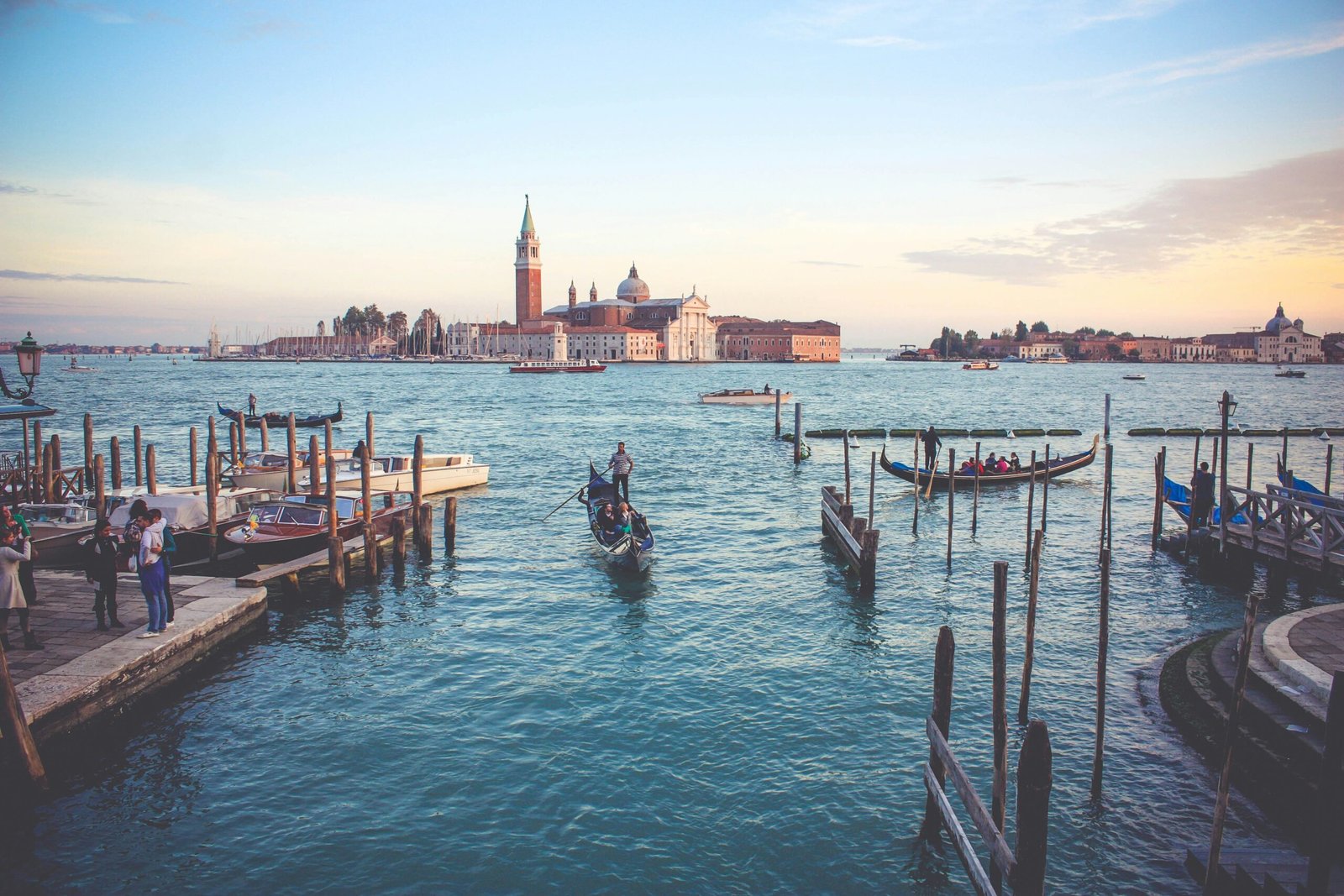
Concept and Themes of ‘Nigeria Imaginary’
Explanation of the concept behind the exhibition
The ‘Nigeria Imaginary’ exhibition delves into the complexities of Nigerian society, culture, and history. It invites viewers to engage with the narratives presented through sound, sculpture, and poetry, encouraging them to question their own preconceived notions and challenge societal constructs. The concept behind the exhibition aims to create a space for dialogue and reflection, fostering a deeper understanding of Nigeria’s past, present, and future.
Exploration of the themes addressed in the artwork
The artwork presented in ‘Nigeria Imaginary’ touches upon a range of compelling themes. These include identity, memory, belonging, and the impact of societal and cultural norms. Okoyomon’s poetic and sonic installations give voice to the experiences and narratives of everyday Nigerians, highlighting the diversity and complexity of Nigerian society. Through these themes, the exhibition encourages visitors to reconsider their own perspectives and engage with the larger socio-political landscape.
Connection between the artwork and Nigerian culture/society
The artwork within the ‘Nigeria Imaginary’ exhibition is deeply rooted in Nigerian culture and society. Okoyomon’s exploration of personal and collective narratives captures the essence of Nigeria’s diverse cultural heritage. By incorporating interviews conducted in Lagos and blending them with her poetry, Okoyomon creates a multi-dimensional representation of Nigerian society. The exhibition reflects the resilience, creativity, and resilience of the Nigerian people, while also addressing the challenges and complexities they face.
Installation and Artwork Description
Description of the steel-framed structure and its visual elements
The focal point of the ‘Nigeria Imaginary’ exhibition is the steel-framed structure that serves as the centerpiece of Precious Okoyomon’s installation. Resembling a radio tower, this visually striking piece captures the attention of visitors and symbolizes the power of communication and storytelling. Adorned with bells and enveloped in vines, the structure evokes a sense of mystery and discovery, inviting viewers to explore the depths of Nigerian narratives.
Explanation of the motion sensors and their role in activating the soundtrack
The steel-framed structure is equipped with motion sensors, which play a crucial role in activating the accompanying soundtrack. As visitors approach the installation, the motion sensors detect their presence, triggering the immersive soundscape. This interactive element enhances the overall experience, allowing visitors to engage with the artwork on a physical and sensory level. The integration of motion sensors adds an element of surprise and unpredictability to the exhibition, further immersing visitors in the world of ‘Nigeria Imaginary.’
Analysis of the poems, music, and interview passages included in the sound piece
The sound piece featured in the ‘Nigeria Imaginary’ exhibition combines Okoyomon’s poetry, carefully curated music, and excerpts from the interviews conducted in Lagos. The poems evoke vivid imagery and emotions, drawing listeners deeper into the narratives presented. The music selection complements the themes explored in the exhibition, enhancing the overall ambiance and atmosphere. The inclusion of interview passages adds a layer of authenticity and personal connection, allowing visitors to intimately connect with the voices and stories of everyday Nigerians.
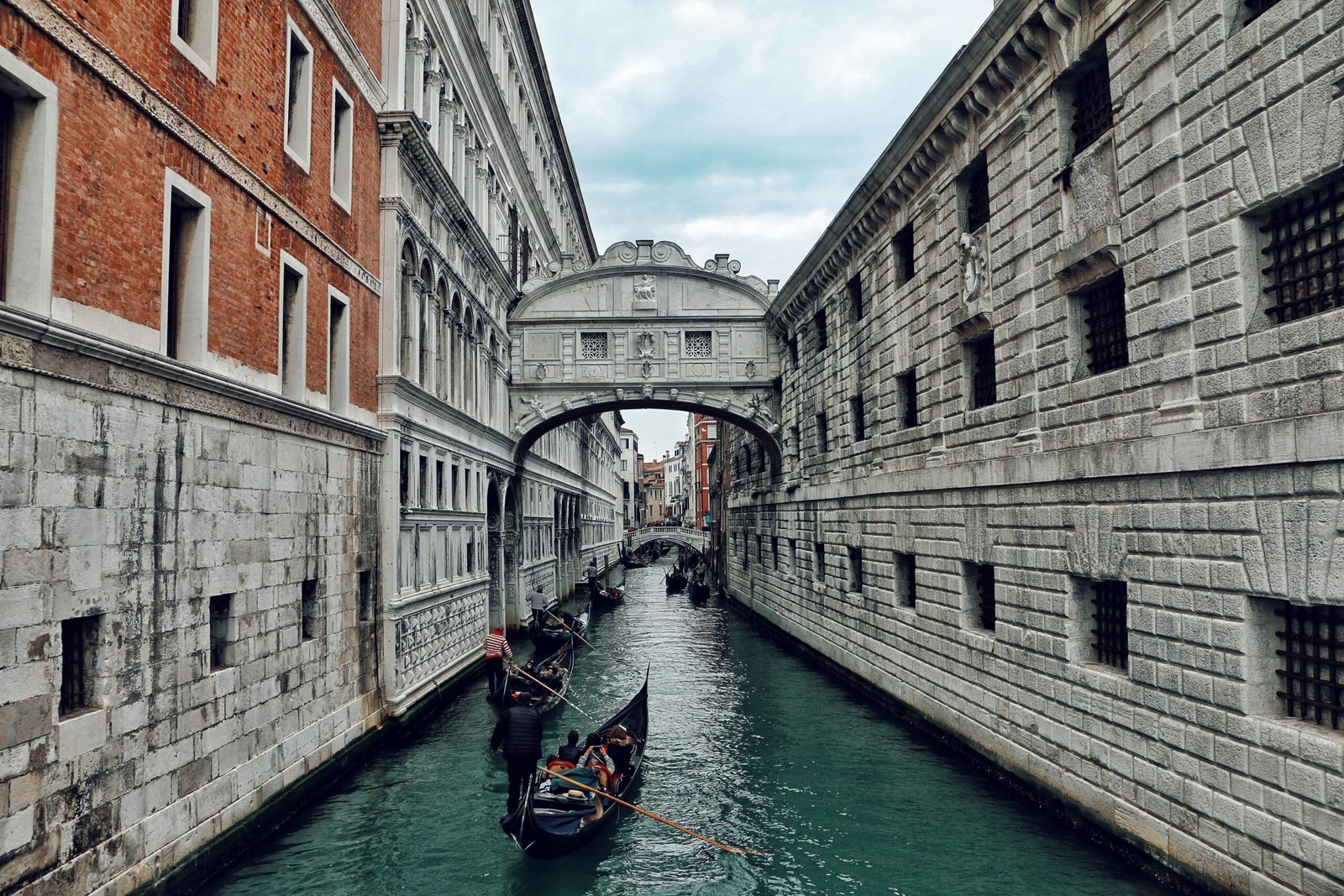
Interview Process and Reactions
Overview of the interview process conducted by Precious Okoyomon
To gather the material for the sound piece, Precious Okoyomon conducted a series of interviews with approximately 60 residents of Lagos. The interview process involved a 12-question protocol adapted from poet Bhanu Kapil, designed to elicit personal and introspective responses. Through these interviews, Okoyomon aimed to capture the diverse perspectives and experiences of Lagos residents to create a mosaic of narratives within the exhibition.
Description of the 12-question protocol used in the interviews
The 12-question protocol used by Okoyomon in the interviews went beyond surface-level inquiries, delving into deeper emotions and memories. The questions aimed to evoke vulnerable and authentic responses, encouraging interviewees to reflect on their personal narratives and the influence of societal structures. This unique interview approach created a space for intimate conversations and fostered a sense of trust and connection between Okoyomon and the interview respondents.
Reactions and feedback from the interview respondents
The interview respondents initially approached the 12-question protocol with caution and reservation. The unconventional nature of the questions caught them off guard, but as the conversations progressed, an atmosphere of trust and vulnerability was established. Many interviewees expressed gratitude for the opportunity to share their stories and experiences, as it allowed them to voice their perspectives in a meaningful way. The interviews became a cathartic experience for some, allowing them to confront and process difficult emotions.
Impact of the interviews on the final sound piece
The interviews conducted by Okoyomon have a profound impact on the final sound piece presented in the ‘Nigeria Imaginary’ exhibition. The authentic and diverse narratives shared by the interview respondents shape the overall tone and message of the exhibition. By incorporating these personal stories, Okoyomon creates a powerful and relatable experience for visitors, fostering empathy and understanding. The interviews serve as a testament to the resilience and strength of the Nigerian people, challenging and redefining societal narratives.
Significance of the Nigeria Pavilion
Discussion on the representation of Nigeria in the Venice Biennale
The Nigeria Pavilion plays a crucial role in representing the artistic and cultural contributions of Nigeria on an international stage. As one of the few African presentations at the Venice Biennale, it provides an invaluable platform for Nigerian artists to showcase their talent and engage with a global audience. The inclusion of the Nigeria Pavilion demonstrates the growing recognition and importance of African art in the contemporary art world.
Comparison of the Nigeria Pavilion to other African presentations
The ‘Nigeria Imaginary’ exhibition distinguishes itself in the realm of African presentations at the Venice Biennale through its ambitious concept and innovative approach. By combining sound, sculpture, and poetry, the exhibition offers a unique and immersive experience for visitors. The Nigeria Pavilion sets a high standard for future African presentations, inspiring artists and curators to push boundaries and create compelling narratives that challenge traditional artistic conventions.
Importance of showcasing African art on a global platform
The Nigeria Pavilion’s presence at the Venice Biennale highlights the significance of showcasing African art on a global platform. It challenges long-held stereotypes and misconceptions about African artists and offers space for African voices to be heard, valued, and celebrated. By engaging with African art, audiences from around the world can gain a deeper understanding of diverse perspectives, cultural heritage, and social issues. The Nigeria Pavilion becomes a catalyst for dialogue and appreciation, promoting cross-cultural exchange and fostering greater cultural understanding.
Criticism and Controversy
Analysis of any criticism or controversy surrounding the Nigeria Pavilion
Like any art exhibition, the Nigeria Pavilion has not been without its share of criticism and controversy. Some critics argue that the exhibition leans too heavily on personal narratives and does not adequately address broader societal issues. Others question the inclusivity of the interview process and whether it accurately represents the diversity of Nigerian experiences. These criticisms highlight the complexities of presenting a multifaceted society like Nigeria within the confines of an exhibition.
Discussion on the potential reasons behind the criticism
The criticisms surrounding the Nigeria Pavilion may stem from differing expectations and interpretations of what an art exhibition should aim to achieve. Some critics may feel that the emphasis on personal narratives detracts from addressing systemic issues or fails to offer nuanced perspectives on Nigerian society. The controversy surrounding the inclusivity of the interview process reflects the ongoing conversations around representation and who gets to speak on behalf of a community or nation.
Counterarguments and responses to the criticism
In response to the criticism, proponents of the Nigeria Pavilion argue that the focus on personal narratives is intentional, as it provides a platform for previously marginalized voices to be heard. They emphasize that the exhibition aims to create empathy and challenge existing narratives through the power of storytelling. The counterarguments highlight the importance of diverse perspectives and individual experiences in shaping a collective understanding of Nigerian society. Critics are encouraged to engage with the exhibition’s intentions and consider the transformative potential of personal narratives.
Optimism and Recognition
Highlighting positive reception and recognition of the Nigeria Pavilion
Despite the criticism, the Nigeria Pavilion has received positive reception and recognition from both art critics and visitors. Many have praised the exhibition’s immersive and thought-provoking nature, as well as its ability to evoke powerful emotions. The unique blend of sound, sculpture, and poetry has captivated audiences, fostering a deeper appreciation for Nigerian artistry and cultural heritage. The positive reception of the Nigeria Pavilion reflects the growing recognition of African art on a global stage.
Review of positive reviews from art critics and visitors
Art critics have celebrated the Nigeria Pavilion for its innovative approach and the dialogue it sparks between art, society, and the individual. They commend Aindrea Emelife’s curation for its ability to capture the essence of Nigerian culture and challenge existing narratives. Visitors have likewise lauded the exhibition for its immersive experience and the emotional connection it fosters. The positive reviews emphasize the impact of the Nigeria Pavilion in igniting conversations and broadening perspectives.
Importance of fostering optimism in the Nigerian art scene
The Nigeria Pavilion serves as a beacon of optimism within the Nigerian art scene. It encourages artists and curators to push boundaries, explore unconventional mediums, and challenge societal norms. By showcasing the diversity and creativity of Nigerian artists, the pavilion fosters a sense of pride and optimism within the local art community. It inspires emerging artists to embrace their unique voices and perspectives, knowing that their work can make an impact on a global scale.
Impact and Legacy of ‘Nigeria Imaginary’
Discussion on the potential impact of the exhibition on Nigerian artists
The ‘Nigeria Imaginary’ exhibition has the potential to have a profound impact on Nigerian artists and the broader art scene. By presenting Nigerian art on an international platform, the exhibition amplifies the voices and narratives of Nigerian artists, exposing them to new audiences and opportunities. The recognition and exposure garnered through the Nigeria Pavilion may inspire and empower emerging artists, encouraging them to push boundaries and pursue their artistic endeavors fearlessly.
Exploration of the lasting legacy of the Nigeria Pavilion
The Nigeria Pavilion’s lasting legacy lies in its contribution to the ongoing dialogue surrounding African art and its representation. By setting a high standard of innovation and inclusivity, the pavilion serves as a benchmark for future African presentations at the Venice Biennale. Additionally, the exhibition’s emphasis on personal narratives and the exploration of societal themes leaves a lasting impact on visitors, encouraging continued engagement with Nigerian art and culture beyond the duration of the Biennale.
Examination of the exhibition’s influence on future African presentations
The ‘Nigeria Imaginary’ exhibition paves the way for future African presentations at the Venice Biennale, encouraging artists and curators to transcend conventional artistic boundaries. The success of the Nigeria Pavilion demonstrates the potential for African artists to challenge existing narratives, redefine artistic mediums, and engage in meaningful cultural exchange. The exhibition’s influence can be seen in the growing representation of African art on a global scale, inspiring artists from diverse backgrounds to share their unique perspectives and narratives.
Conclusion
In conclusion, the Nigeria Pavilion at the Venice Biennale presents a captivating and thought-provoking exhibition that challenges existing narratives and amplifies the voices of Nigerian artists. The ‘Nigeria Imaginary’ exhibition, curated by Aindrea Emelife and featuring the artwork of Precious Okoyomon, confronts societal constructs and fosters empathy through a blend of sound, sculpture, and poetry. While facing criticism and controversy, the exhibition also receives recognition and praise for its innovative approach and its ability to connect with audiences on a profound level. The Nigeria Pavilion’s significance lies in its representation of Nigerian art on a global platform, its impact on the Nigerian art scene, and its lasting legacy in shaping future African presentations. As the exhibition bridges criticism and optimism, it fosters a deeper appreciation for the diversity and creativity of Nigerian artists, paving the way for a bright future for Nigerian art in the global art scene.




